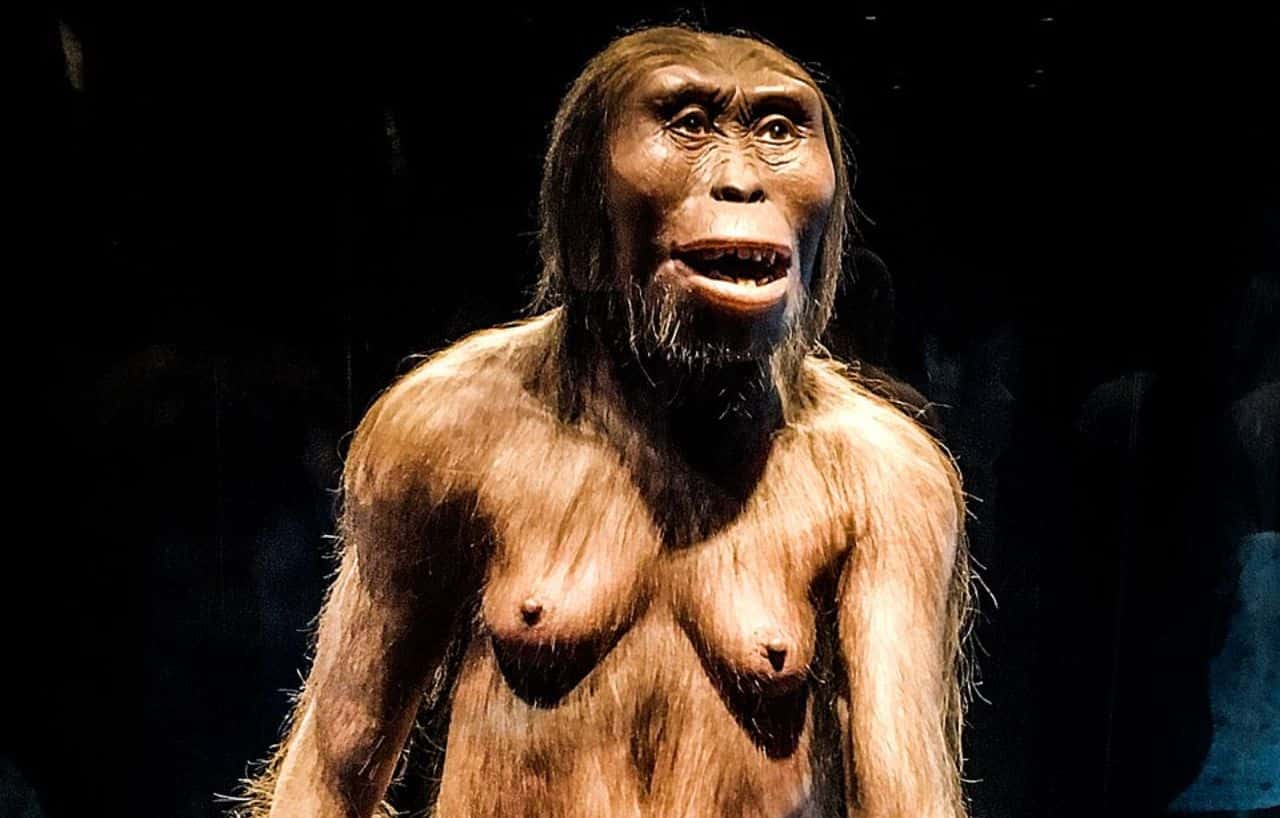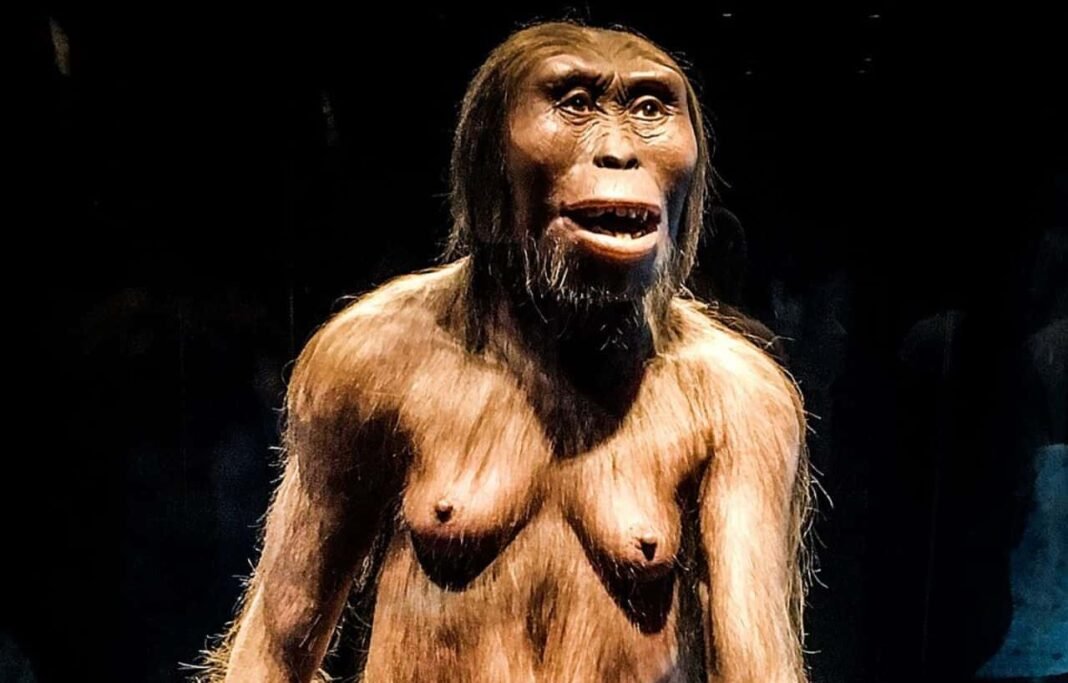
A fossilized foot uncovered in northeastern Ethiopia has led scientists to identify a previously unknown human relative that lived about 3.4 million years ago.
The discovery, detailed in the journal Nature, sheds new light on the complexity of early human evolution and challenges long-held assumptions centered on Lucy, one of the most famous early ancestors.
The remains, known as the Burtele foot after the area where it was found in 2009, show features that differ clearly from those of Lucy’s species, Australopithecus afarensis. One key trait is the opposable big toe, which resembles a human thumb. This structure suggests the species was well adapted for climbing and likely spent more time in trees than Lucy, who mainly walked upright.
For decades, scientists believed A. afarensis was the direct ancestor of all later hominids. That view began to shift when researchers studied additional fossils from the same Ethiopian site, including a jawbone with 12 teeth.
These new finds allowed them to identify a separate species, later named Australopithecus deyiremeda, and confirm the Burtele foot belonged to this newly classified human relative.
Burtele discovery adds new branch to human family tree
John Rowan, a human evolution expert at the University of Cambridge who was not part of the research team, said the evidence strongly supports the idea that a closely related but physically distinct species lived alongside Lucy’s kind.
A 3.4-million-year-old foot found in Ethiopia reveals a new human relative. The discovery could reshape our understanding of early human evolution. 🦴🌍 #Paleoanthropology #FossilDiscovery #HumanEvolution pic.twitter.com/KM9cZxCZ2G
— Tom Marvolo Riddle (@tom_riddle2025) November 28, 2025
He noted that as more species are discovered, it becomes harder to determine which ones are direct ancestors and which are evolutionary cousins.
The study, led by Yohannes Haile-Selassie of Arizona State University, also examined how these species shared the same environment.
Researchers concluded that while A. deyiremeda likely spent much of its time in forested areas, A. afarensis may have lived more on the open ground. This difference in habitat use suggests they did not compete directly for food.
New Ethiopia foot fossil reveals climbing-adapted human relative
Analysis of the teeth revealed that A. deyiremeda had a more primitive anatomy and probably relied on a diet of fruits, nuts and leaves. According to Ashleigh Wiseman of the McDonald Institute for Archaeological Research in Cambridge, these differences indicate that the two species used the landscape in distinct ways and may have had little overlap in daily life.
Wiseman also cautioned that assigning a fossil to a specific species requires well-preserved skulls and bones from several individuals. While the study strengthens the case for A. deyiremeda, she said it does not rule out other interpretations.
The discovery emphasizes that human evolution did not follow a straight path. Instead, multiple species, all part of the broader human family, likely coexisted and adapted in different ways.

